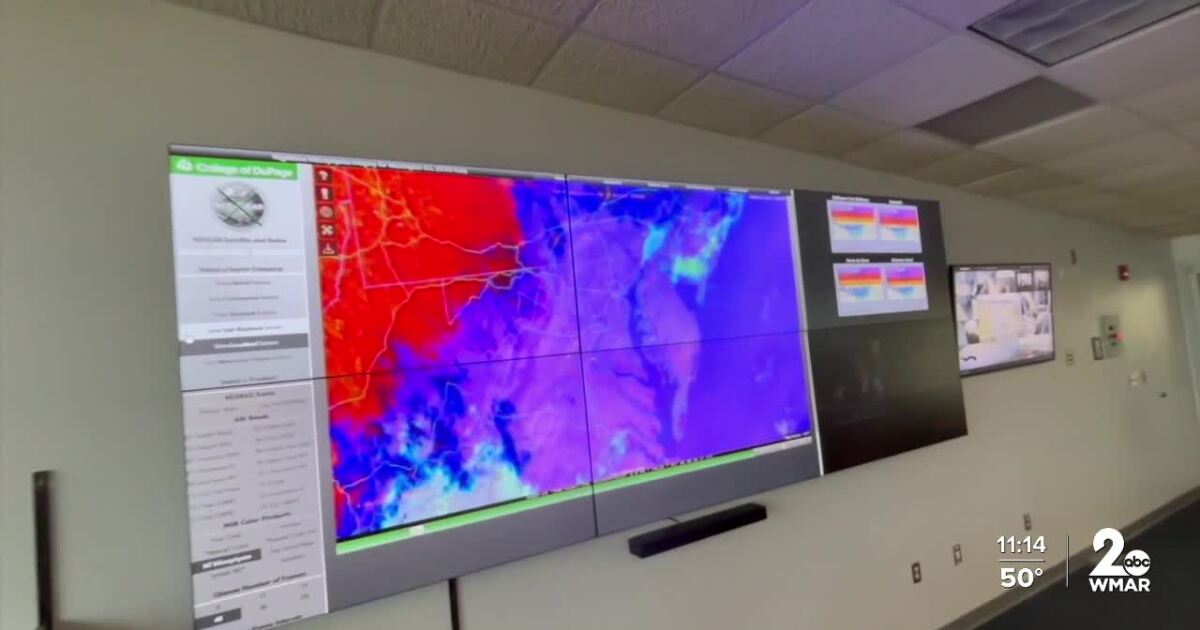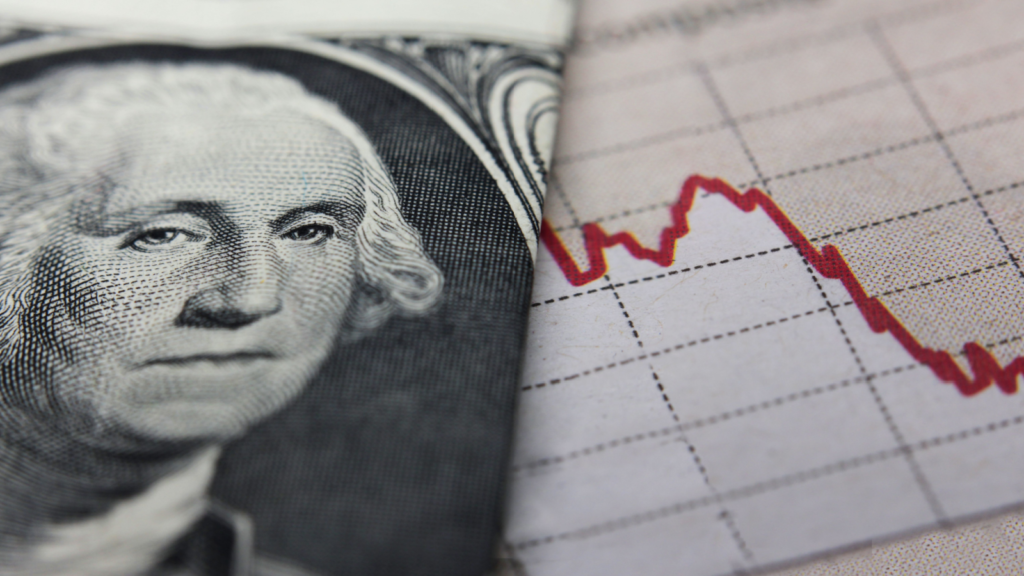It is expected that weather forecasts will become more accurate in the future thanks to artificial intelligence. National Weather Service forecasters already use AI every day and say they have high hopes for what AI can do in the next five to 10 years.
Chris Strong has been a forecaster at the National Weather Service in Sterling, Virginia, for 30 years, which means he’s seen major changes in technology. One of the new things his team is using to predict the weather is AI.
“We’re starting to use AI in our modeling as well,” Strong said.
Strong takes you through how AI can help with weather forecasting
How AI makes weather forecasts more accurate | National Weather Service
“It’s going to be really transformative. It’s going to be another big technological leap that will open up a lot of things that we don’t anticipate right now,” Strong said.
Current weather forecasts rely on three things: climatology, observations and mathematical equations to predict where storms will end up. But Strong says AI works a little differently by placing a greater emphasis on past events.
“When you use AI for weather forecasting, you look at past patterns to figure out what will happen in the future,” Strong said.
Weather forecasts require a lot of computing power, and it takes several hours for a weather model to take observations and convert them into a forecast. But Strong says AI can process this information much faster, allowing for quick predictions.
“It allows us to model the weather in different ways so that we can use less computing power to see what the atmosphere will do in the future based on the past,” Strong said.
Strong says there are some pitfalls when using AI, such as when there’s a once-in-a-century storm.
“Just looking at pattern recognition can sometimes go off the rails and predict things that can’t happen,” Strong said.
This is because the technology relies heavily on past events to predict future events, meaning weather events that are unusual but catastrophic, such as the Ellicott City floods or Superstorm Sandy, will be more difficult for AI to predict.
“Is it suddenly a light switch where the prediction will never be wrong again? No. But it will continue to improve our accuracy and continue to improve our skills,” Strong said.
Strong is most excited to see how AI performs when it comes to severe storms.
“One of the things I’m really excited about is the visualization of those forecasts. So instead of being able to tell people, especially when it comes to dangerous weather, there’s a severe thunderstorm coming. If you can actually show a short video of ‘this is what it’s going to look like in 20 minutes,’ people are more likely to react and protect themselves,” Strong said.
When asked if he’s worried about AI coming in to do its job, Strong said human forecasters will still be needed.
“We’re always going to need people to collect the data, convey the information and get it to people, so when you’re working with the public, working with emergency managers and snow plow groups in the winter, you’re always going to need that connection from the computer and the modeling to action and people,” Strong said.
It’s important to note that forecasters say they need to test AI’s ability to predict and then verify the accuracy of those predictions based on observations, a process that will take many years. But the future looks hopeful.
This story was reported on air by a journalist and was converted to this platform with the help of AI. Our editorial team checks all reporting on all platforms for fairness and accuracy.









